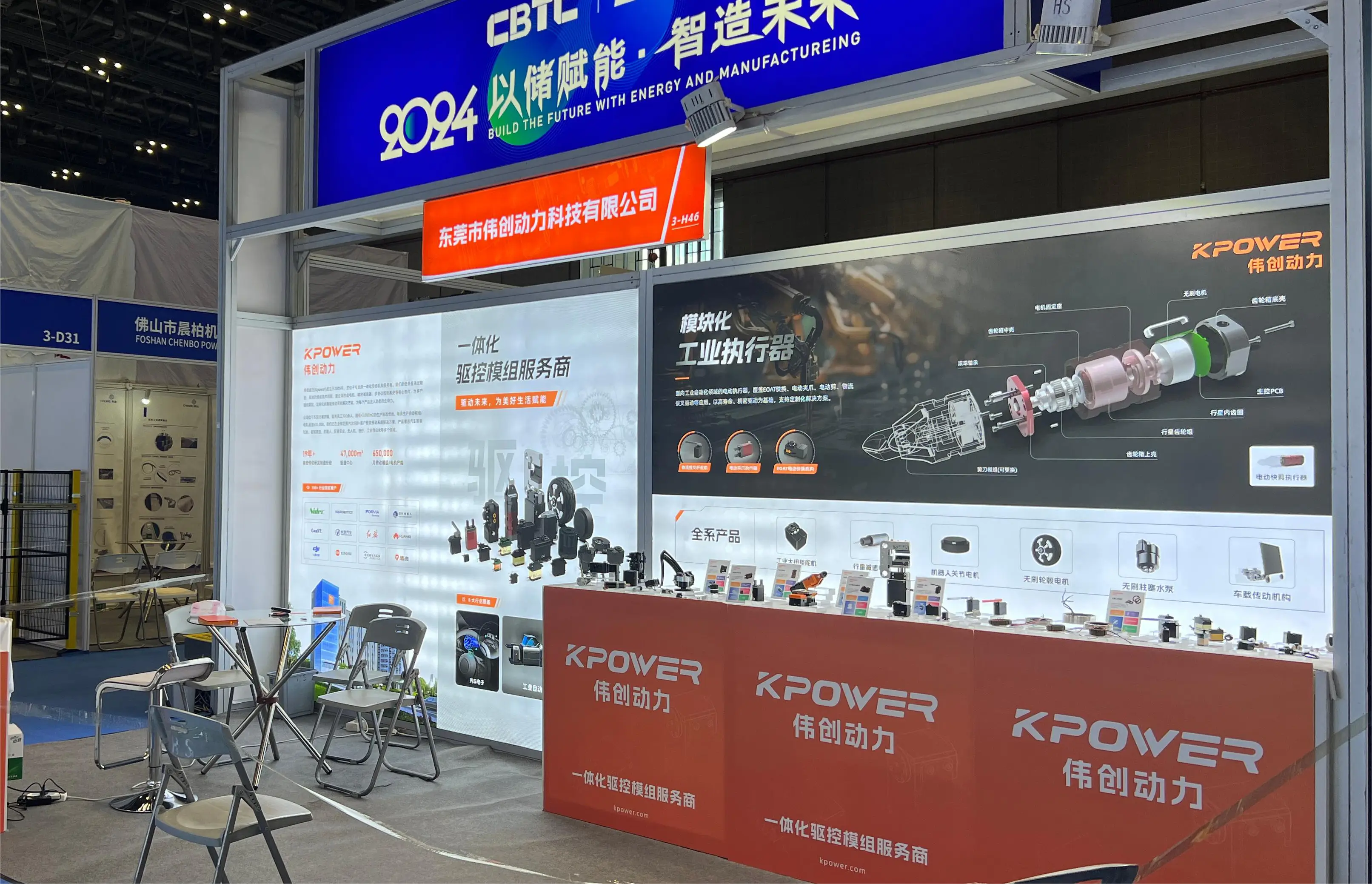Unlocking Precision: The Ultimate Guide to Servo Motor Circuit Diagrams
In the rapidly evolving landscape of robotics and automation, few components have revolutionized how machines move and interact as profoundly as the servo motor. Small yet mighty, servo motors bring precision, speed, and control to complex systems—from robotic arms performing meticulous tasks to remote-controlled cars zipping across tracks. But how do these seemingly straightforward motors translate into precise movements? The answer lies in their intricate circuitry, often encapsulated within detailed circuit diagrams.

Understanding a servo motor circuit diagram is akin to unlocking the blueprint of intelligent movement. It illuminates the essential parts working behind the scenes—how power flows, how signals are processed, and ultimately, how command signals translate into physical motion. Whether you are a hobbyist delving into DIY robotics or an engineer designing sophisticated control systems, grasping these diagrams is invaluable.
What is a Servo Motor?
Before diving into circuit diagrams, it helps to clarify what a servo motor truly is. Unlike universal motors or stepper motors, a servo motor is a rotary actuator that allows for precise control of angular position, often within a few degrees. They include a built-in feedback mechanism, typically a potentiometer, to monitor the position of the rotor, enabling closed-loop control.
This feedback loop is vital—they don’t just spin freely; they move to a specific position upon receive a control signal, hold that position under load, and adjust as needed. This makes them ideal for applications requiring accuracy and repeatability.
Basic Components of a Servo Motor Circuit
At the core of most servo motor circuits, especially in control applications, are three fundamental parts:
Power Supply: Provides the necessary voltage and current to operate the servo. Typical servo motors operate on 4.8V to 6V DC power supplies, though high-torque or industrial models might require more. Ensuring a stable, noise-free power source is paramount for consistent performance.
Control Signal Input: Usually a Pulse Width Modulation (PWM) signal. The width of the pulse determines the target position of the servo. For example, a 1.5-millisecond pulse could correspond to the center position; a 1-millisecond pulse might turn it fully one way, and a 2-millisecond pulse fully the other.
Driving Circuitry: Often built around a combination of transistors, operational amplifiers, or dedicated driver ICs such as the L298, H-Bridge configurations, or specialized servo motor driver ICs.
The Heart of the Circuit: The PWM Control
PWM signals are at the core of controlling servo motors. Because the magnitude of the voltage is fixed, varying the width of the pulse allows us to encode the desired position. Think of the PWM as a rapid on-off switch with a variable “on” duration.
In practical circuits, a microcontroller—like an Arduino, PIC, or Raspberry Pi—generates this PWM signal. The hardware interprets this signal and controls the current flow through the motor, prompting it to rotate to the precise position corresponding to the PWM pulse width.
Basic Circuit Diagram Components
A typical servo motor circuit diagram features the following key parts:
Microcontroller: Sends PWM signals based on user input or programmed instructions.
Voltage Regulator: Ensures the servo gets a consistent voltage. Many circuits include this to prevent voltage fluctuations from affecting performance.
Transistor Driver (MOSFET or BJT): Acts as a switch controlled by the microcontroller’s PWM signal. It modulates power to the motor, handling high current loads safely.
H-Bridge: In many complex or high-torque circuits, a dedicated H-Bridge allows bidirectional current flow, enabling the motor to turn clockwise or counterclockwise.
Feedback Mechanism: Integrated within the servo, the potentiometer sends position data back to the control circuitry, often interfaced with the microcontroller via an analog input.
Understanding the Wiring
In a standard circuit, the wiring is straightforward:
Power and ground are supplied to both the servo and the control electronics.
The PWM signal line runs from the microcontroller digital pin to the control transistor or driver IC's input.
The transistor or driver controls power delivery to the servo motor terminals.
A feedback pin from the servo connects back to the microcontroller’s analog input for position monitoring, if available.
Safety and Protection
Because circuits dealing with servo motors often involve switching large currents, protection components like flyback diodes, resistors, and filters are essential. Flyback diodes prevent voltage spikes when switching off inductive loads, ensuring safe operation of transistors and microcontrollers.
An Example: Simple Servo Control Circuit Diagram
Imagine a basic setup:
An Arduino Uno as a controller.
A 5V regulated power supply feeding the servo.
A transistor, say a TIP120 or a logic-level N-channel MOSFET, driven by the Arduino PWM pin.
The servo's power line is connected to the power supply, and the ground is common.
The PWM pin from the Arduino connects through the transistor to the servo's control line.
The feedback potentiometer within the servo connects directly to the system for potential monitoring.
In this arrangement, the microcontroller sends a pulse-width-modulated signal; the transistor modulates the voltage supplied to the motor, and the servo's internal circuitry manages the feedback control loop to achieve the desired position.
Why Circuit Diagrams Matter
Having a clear circuit diagram isn’t just about wiring—it’s understanding the flow of energy, signals, and feedback that enable a servo to perform with precision. It’s the foundation for troubleshooting, modifying, or scaling systems.
In the next part, we'll delve into more complex circuit diagrams used in industrial applications, explore the integration of sensors, and look at how advanced control algorithms modify the basic circuitry for enhanced performance.
Kpower has delivered professional drive system solutions to over 500 enterprise clients globally with products covering various fields such as Smart Home Systems, Automatic Electronics, Robotics, Precision Agriculture, Drones, and Industrial Automation.




































